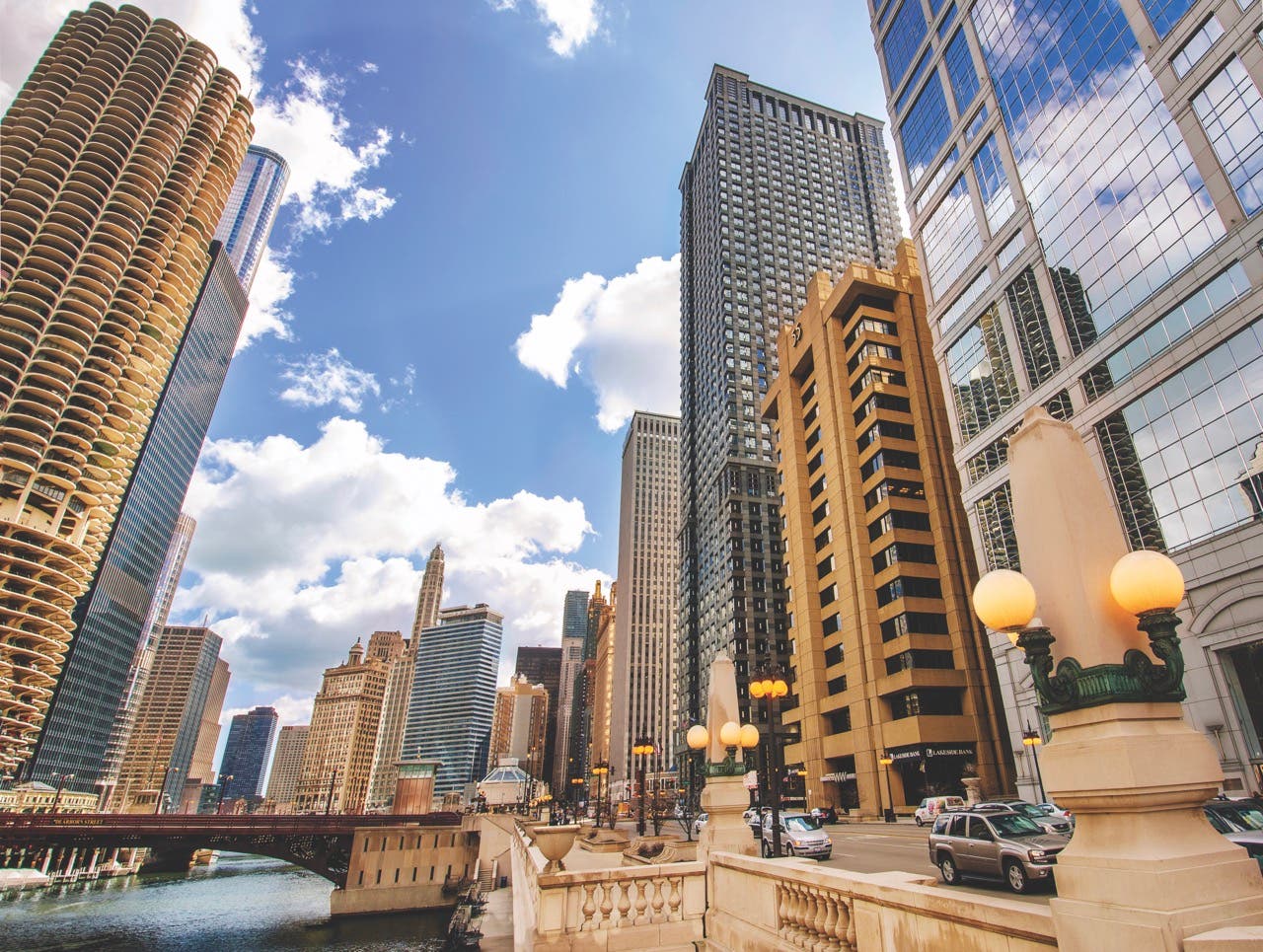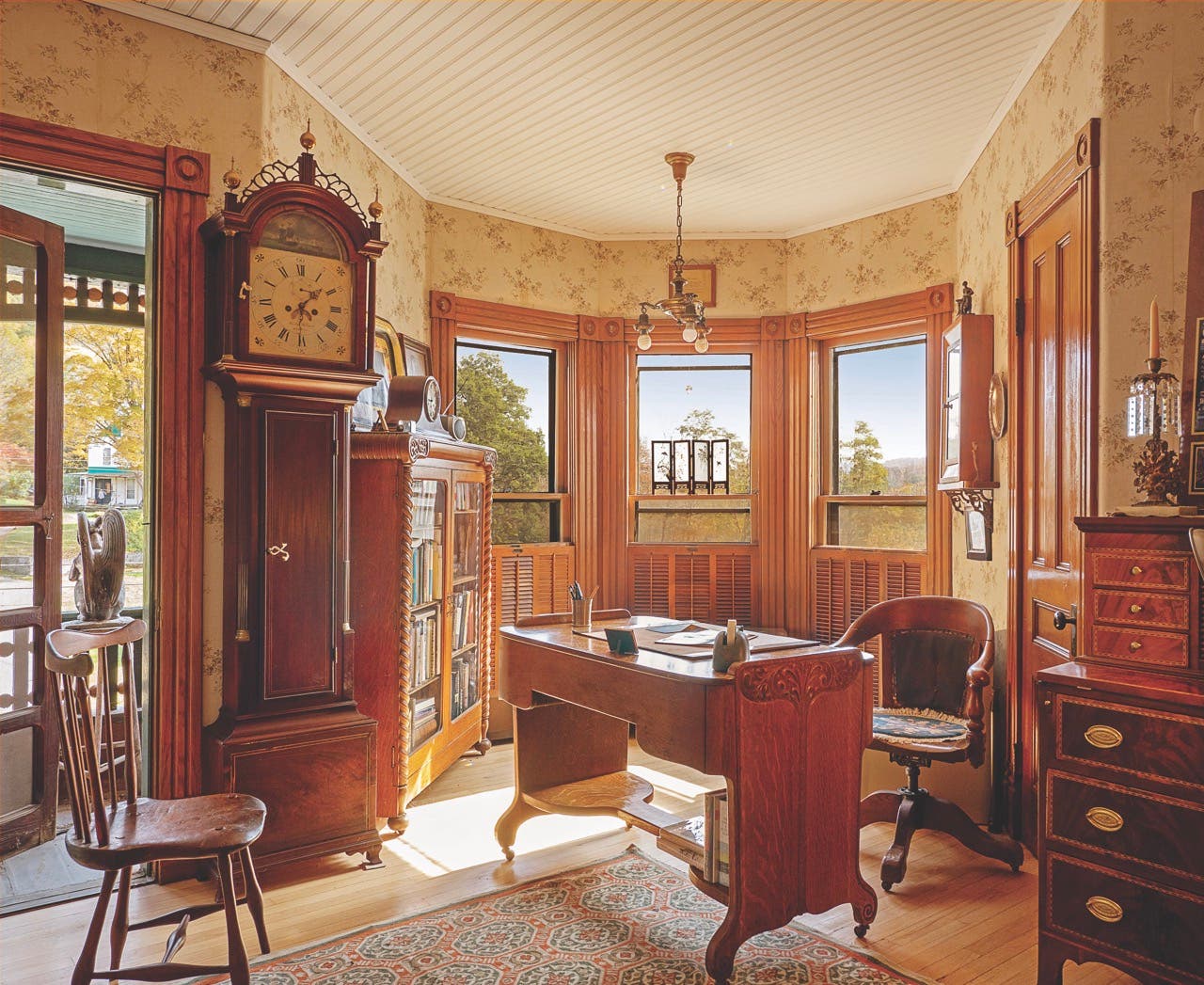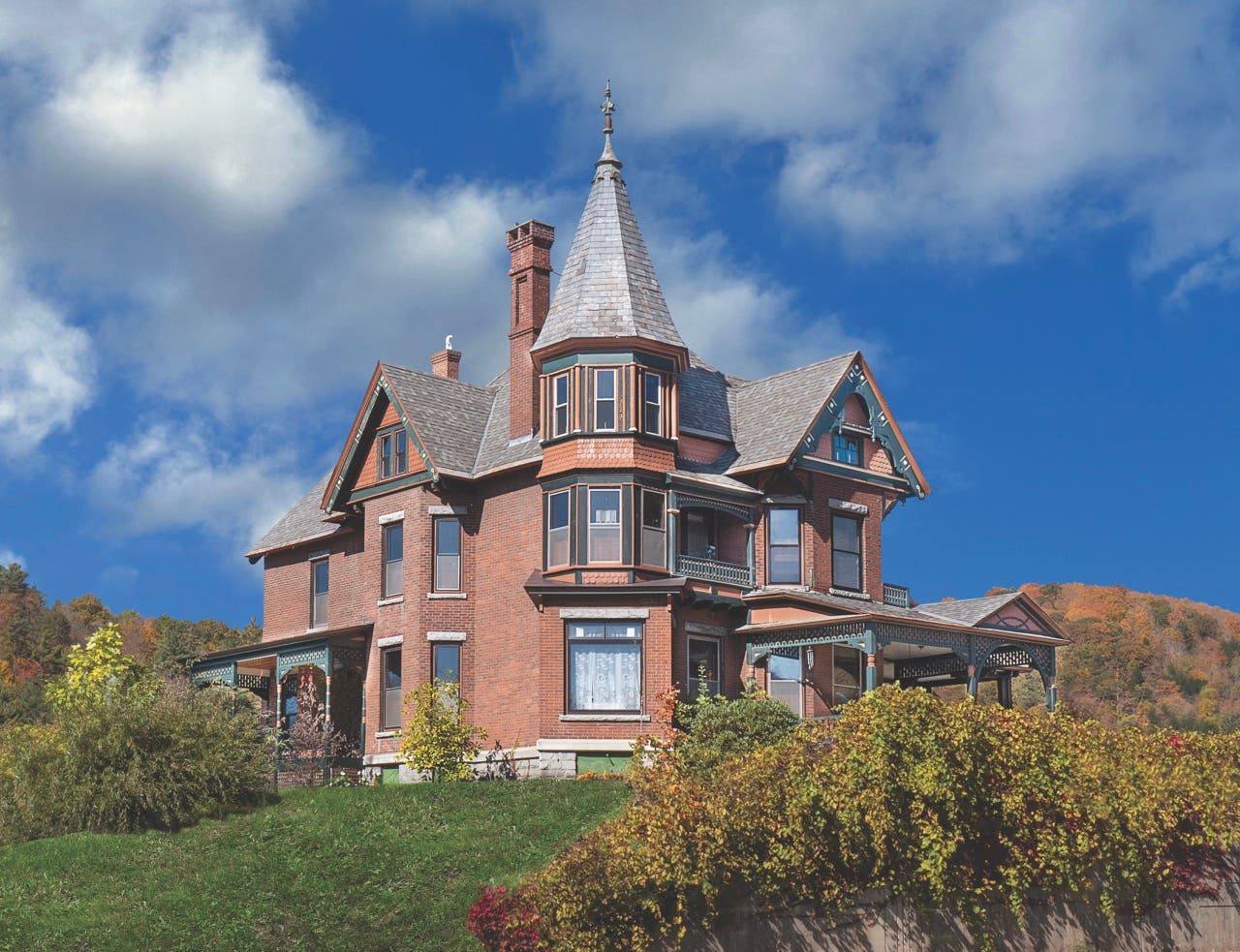
Features
The Art of Taking Pictures
“‘Just study the architectural photos you admire, assess what you like about them, and compose your own photos accordingly.’ This was sage advice from a photojournalist who became a building contractor when I asked for his thoughts on where I might find a school to take a course in architectural photography. That set me on a career-long journey of giving careful thought to photographing buildings—what was I trying to emphasize? What were the ambient lighting conditions? Do I need to supplement the lighting? How much of the setting is important to help the viewer understand the building? What time of day is better for this structure? Are there flaws that should be minimized?”
Vanderwarker graduated from Berkeley with a bachelor’s degree in architecture and practiced for “three miserable years,” he says. On the verge of taking his registration exam, he finally acknowledged that the practice of architecture was not for him. It was a pivotal decision, for since then he has achieved award-winning success as an architectural photographer. Not surprisingly, Vanderwarker’s training in architecture has proven to be a valuable resource in his work, which often focuses on large-scale compositions for businesses and institutions.
His methods in the field are, remarkably, still driven by the 4x5 camera he used as a beginner. While digital photography permits many images per minute, he says he still “thinks first and then shoots.” He doesn’t miss lugging all that gear around, either. Particularly drawn to photographing the juxtaposition of old and new and to textures, he constantly seeks ways to celebrate the craftsmanship he sees in buildings. You don’t have to wait for a perfect day to photograph a building, he says, adding that cloudy days can work in your favor. He contends that if you find yourself having to deal with strong shadows, that can work to your advantage if there is a flaw in the building that you want to camouflage.
Vanderwarker’s work in architectural photography has led him to reflect on neighborhood development, and today he creates steel maps of communities, states, and regions. Practicing photography has made him sensitive to the topography of the land and the nature of building upon that land. To learn more about his work, visit Gallery NAGA, gallerynaga.com.
The work of Carolyn Bates, an architectural photographer based in Burlington, Vermont, is primarily in the residential realm and shot for real estate agents and magazines. A regular contributor to Old-House Journal, Bates began working in photojournalism and in architectural photography for a full-service photography firm. Early on, she often took on assignments for Realtors, which she preferred over advertising gigs. She enrolled in some design classes in architecture at Harvard while continuing to work as a photographer.
Bates feels that one of her strengths is getting her “verticals” right when photographing exteriors. Having moved from film to digital cameras, she still remembers the old days, when getting perspectives was more challenging than it is today, but she still believes a good photograph considers a building’s straight lines. Because her work is featured in shelter magazines or may assist a Realtor in a sale, she often strives to convey what it is like to live in a particular home. She pays special attention to staging her images for interior shots. Ideally, she uses props found in the home to portray how one actually lives in it. For example, it may be better to set the dining room table and place food on it than to leave it empty. If a room is too cluttered and obscures architectural detail, she removes items in order to achieve a clean and clear composition with a focal point. If pets cooperate, she often includes them in the image.
Bates also pays close attention to how her interiors are lit, finding that LED lights are cool whereas older tungsten lights give rooms a warmer tone. The time of day is critical to her shots, with late afternoons working particularly well. She uses Photoshop software for some correction but may go back to a house more than once to get things “just right.” Today, she can typically shoot 30 good images in a day.


Her work in photography has led her to reflect on community and neighborhood development. She is working on a soon-to-be published book, The Street Murals of Burlington. To learn more about Bates’s work, visit carolynbates.com
There are many reasons that we photograph buildings. The Boston Globe architecture critic Robert Campbell once reflected on the importance of architectural photography because it is the only way most of us will see some of the world’s greatest buildings. Whether photos are taken for our own pleasure or to place an image in our memory bank to inspire future work, the process is an important means of communication for anyone working in construction or preservation. New traditionalists may want to capture important details for future work. We may be documenting a building for a National Register nomination. We may be attempting to present an image of an architectural detail that conveys, as Vanderwarker says, “beauty, craft, and symbolism.” Above all, we work hard to create and maintain the great works of architecture and to construct homes and other buildings for meaningful living. Architectural photography allows us to share these experiences with others. TB
Judy L. Hayward spends her days pursuing a passion for historic architecture and the ways in which it can be reused to sustain and grow healthy communities. She develops courses in partnership with builders, architects, traditional craftspeople and others to teach both historic preservation and traditional building skills. She has one foot in the nonprofit world as executive director of Historic Windsor and the Preservation Education Institute and the other foot in the world of media and information services as education director for the Traditional Building Conference Series and Online Education Program.








